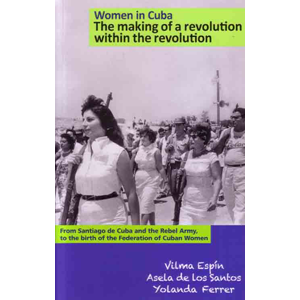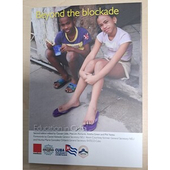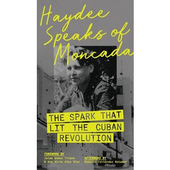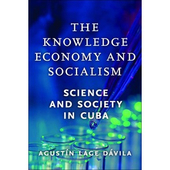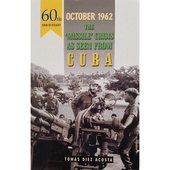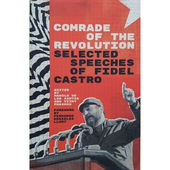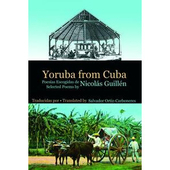Women in Cuba: The Making of a Revolution within a Revolution
Author Vilma Espin, Asela de Los Santos, Yolanda Ferrer Pub. Pathfinder Press 2012
From the first day of the revolution, what it meant to be female began to change. So wrote Yolanda Ferrer, general secretary of the Federation of Cuban Women (FMC), in one of three in-depth interviews which form the basis of this new book.
£16.50 inc p&p
| Check Basket |
“From the first day of the revolution, what it meant to be female began to change”. So wrote Yolanda Ferrer, general secretary of the Federation of Cuban Women (FMC), in one of three in-depth interviews which form the basis of this new book.
Alongside two other interviews, with leaders of the revolution Vilma Espín and Asela de los Santos, the book gives a key insight not only into the pivotal role played by women, but into the political and tactical developments of different stages, from the burgeoning unrest against Batista amongst students and the wider population, through the response to the Moncada attack, the landing of Granma and the guerrilla war and on to 1959 and the development of a new society.
The role of these three women, in different capacities, shows the extraordinary level of political leadership, commitment and courage, in relation to women and the revolution as a whole. It also gives a sharp insight into the commitment to equality, and the transformation of women’s role at all levels, so critical to development of the Cuban Revolution – something championed by Fidel and underpinning its entire ethos.
Espín explains her politicisation at the University of Oriente, and we read of her subsequent legendary role in the revolutionary movement, often forced to operate underground against a backdrop of repression and violence from Batista’s forces. Later, as part of the rebel army she was instrumental in organising the new societal structures, including in education, and after the victory of the revolution in 1959 led the efforts to establish the FMC.
Alongside Espín, also a student, de los Santos was similarly involved and in her interview explains in detail the centrality of education alongside the armed struggle, and how she played a key role in setting up education for those in the rebel army, with schools and free education in the liberated zones. On women’s role she says ”many women felt their place was no longer limited to the home, they didn’t have to go back to being housewives alone, isolated from a broader social, political and economic life. There was a whole field of action, of work, of struggle they intended to be part of”. Indeed, Espín explains: “We had to change women’s mentality – accustomed as they were to playing a secondary role in our society. Our women had endured years of discrimination… we had to make women feel the urgent needs of our revolution in the construction of a new life”.
Later in the book Ferrer explains the tasks after 1959, including developing the FMC. Alongside the political organisation, involving women in the workforce was vital. Today the involvement of women in all aspects of Cuba’s development remains one of its most striking features. The commitment to this from Fidel and the current leadership is evident throughout this book. At a time when women in many parts of the world are bearing the brunt of the economic crisis, the lessons Cuba shows could not be more valuable. The involvement of women in any progressive struggle is not only just, it is essential to its success.
Jayne Fisher
